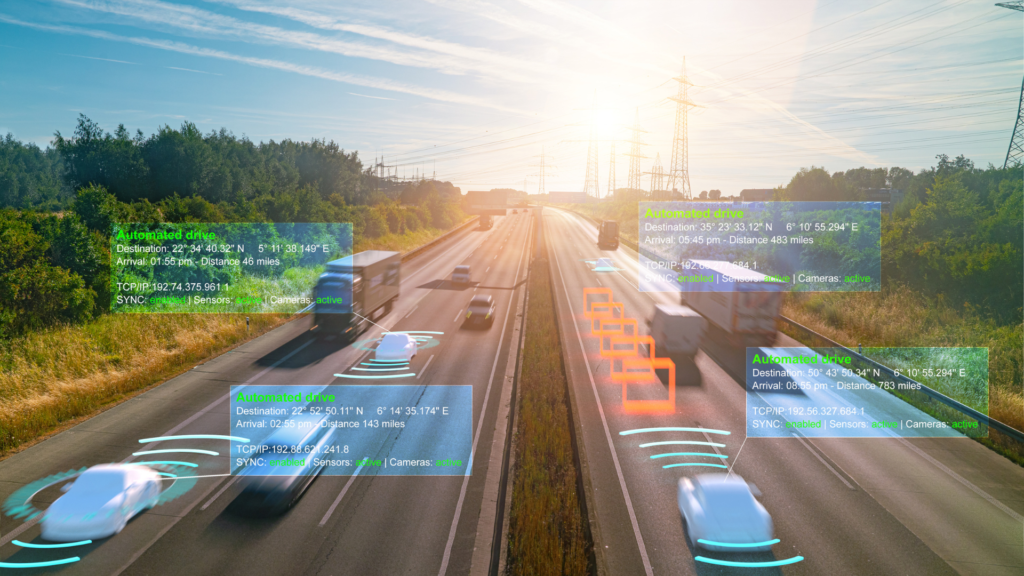
The Future of Transportation: Electric and Autonomous Vehicles
From flying cars to autonomous trucks, the future of transportation is shaping up to be a world beyond our wildest dreams. With advancements in technology and increasing concerns about environmental sustainability, electric and autonomous vehicles have emerged as the driving forces behind this revolution.
So what does the future hold for these cutting-edge innovations? Join us on a thrilling ride as we explore the latest trends, challenges, and opportunities in electric and autonomous vehicles that pave the way toward a more efficient, safer, and eco-friendly tomorrow!
What is an Electric vs Autonomous Vehicle?
Electric vehicles have been around for a while but still have a few limitations. Electric batteries are not as powerful as gasoline or diesel engines, so they can’t travel as far or fast. Autonomous vehicles take this one step further by having no driver at all!
They are controlled by sophisticated algorithms that allow them to navigate roads and avoid obstacles. Both vehicles have their own benefits and drawbacks, but they are both on the rise and poised to change how we commute and explore our world. Here’s a look at the differences between electric and autonomous vehicles:
Electric Vehicles
Electric vehicles rely on electricity to power their motors. This means that they have a much shorter range than gas-powered cars. They’re also much cheaper to operate since we don’t need to fill up with gasoline each time we want to use a vehicle. However, electric cars have one big advantage over traditional cars – they’re incredibly environmentally friendly! Electric cars produce zero emissions, so they’re great for reducing pollution levels in cities.
Autonomous Vehicles
Autonomous vehicles don’t require a driver – they’re controlled by sophisticated algorithms that allow them to navigate roads and avoid obstacles. This is a huge advantage over electric vehicles because it means autonomous cars don’t have any of the limitations of relying on electricity. Autonomous vehicles can travel much farther than electric cars before needing to be recharged, and they’re also less expensive to operate since one does not need to pay for gasoline each time one wants to use the car.
How do Electric and Autonomous Vehicles Work?
An electric vehicle is powered by electricity stored in a battery. The battery typically provides power to the motor, which then turns the wheels to move the car. Electric vehicles are not limited by the number of miles they can travel because they don’t use gas or oil, just electricity.
So how do autonomous vehicles work? Autonomous vehicles rely on sensors to monitor their surroundings and decide how to behave. These sensors could include cameras, radar, and LIDAR (light detection and ranging). Autonomous cars use this information to navigate obstacles and avoid collisions.
Challenges of Electric and Autonomous Vehicles
Electric and autonomous vehicles are two of the most promising transportation technologies. But they come with a few challenges that must be addressed to become mainstream.
One major challenge is that electric vehicles currently have a limited range, which can be a problem for people who live in densely populated areas or who need to travel long distances.
Autonomous vehicles also face some difficulty navigating complex urban environments. But both technologies are evolving rapidly, and many potential solutions exist to these challenges.
In addition, new technology developments could make these vehicles even more efficient and convenient. So while there are still some hurdles to overcome, the future of transportation looks bright for electric and autonomous vehicles alike.
The Role of Science and Technology in the Field of Electric and Autonomous Vehicles
Science and technology have played an important role in electric and autonomous vehicle development. For example, batteries have been a key component of electric vehicles since their inception.
New battery technologies are being developed to improve performance and reduce costs. These advances will help make electric vehicles more affordable for consumers while reducing transportation sector emissions.
Autonomous driving systems are also being improved thanks to research into artificial intelligence (AI). AI can help autonomous cars navigate safely through streets and parking lots.
Some car manufacturers are already using this technology in semi-autonomous mode on some models. There is potential for autonomous driving to become mainstream in the future, making transportation safer and more efficient for all users.
Overall, science and technology are important in developing electric and autonomous vehicles. These innovations are making transportation more environmentally friendly and easier for consumers.
What the Future Holds for Electric and Autonomous Vehicles
Electric vehicles are becoming more popular every day. Not only do they emit no emissions, but they also have a much shorter lifespan than traditional gasoline-powered vehicles. Autonomous vehicles are the next big thing in transportation.
They rely on computer technology to control and navigate the vehicle. They are also much safer than traditional cars. Many believe that autonomous vehicles will eventually replace traditional cars altogether.
The future of transportation is still being developed, so there is no single answer as to what the future holds for electric and autonomous vehicles. However, many believe these new technologies will revolutionize transportation and change how we live our lives.
Revving Up the Hype of Electric and Autonomous Vehicles
The future of transportation is looking bright, with both electric and autonomous vehicles on the rise. Electric cars are becoming more and more affordable, while autonomous vehicles hold the potential to eliminate many accidents and decrease fuel consumption. With so much progress in this area, thinking about all the possibilities is exciting.



